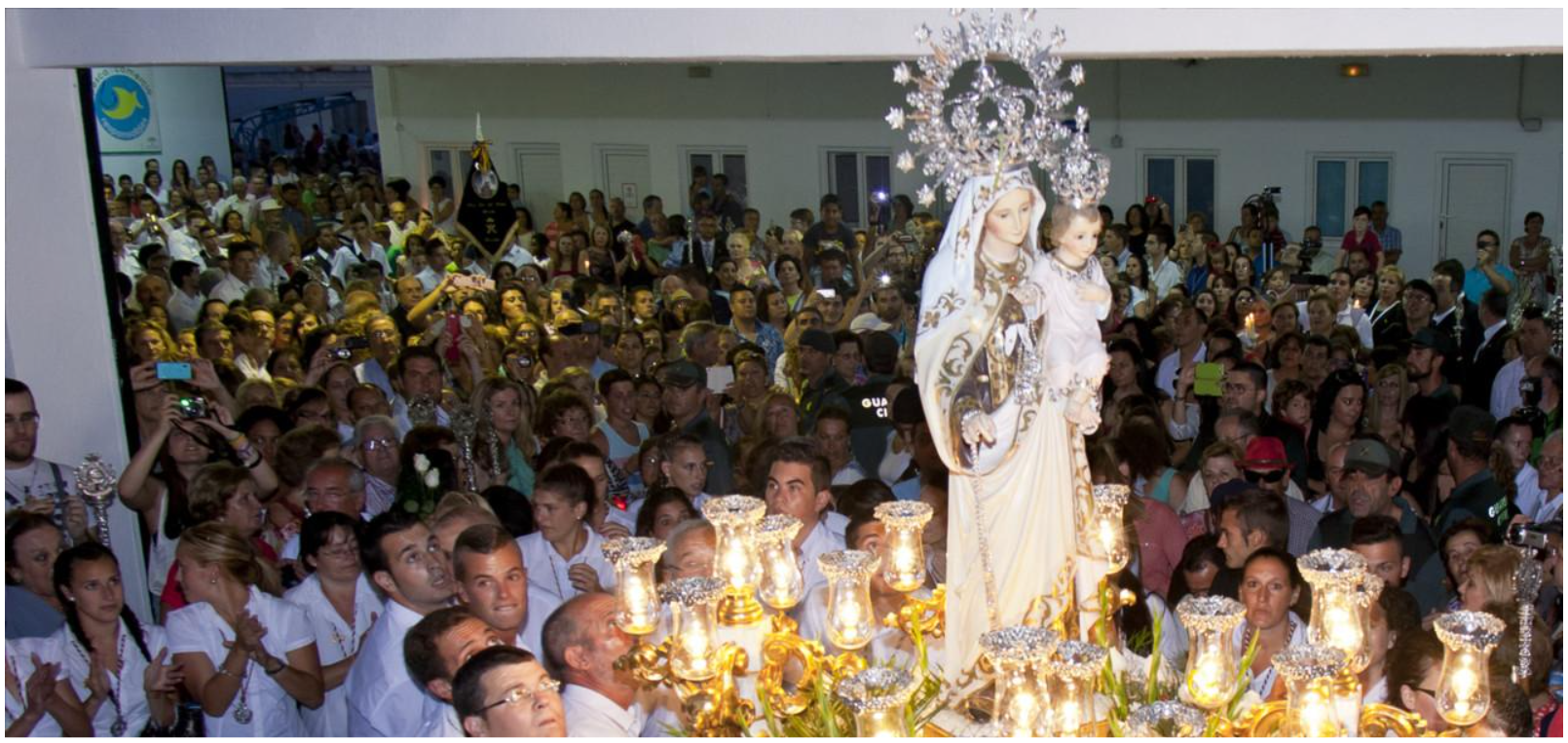THE poorest towns in Spain were revealed this week after analysing the average income of each of their respective inhabitants.
Out of the 10 poorest, four of them were in the southernmost region of Andalucia, including the number one spot, El Ejido, in Almeria.
But while they may be lacking the ‘luxury’ you’d expect to find in Marbella, Andalucia’s more humble towns are just as worthy of exploring.
Here are four of Andalucia’s lowest-income cities with world-class history, culture and cuisine.
El Ejido
The third largest municipality in the province of Almeria, El Ejido has everything that makes the perfect Spanish pueblo: history, nature, and cuisine. It also happens to be the poorest town in Spain.
The town has a history of settlement dating back to the Bronze Age.
Ancient Roman culture flourished in the region during the first few centuries A.D., remnants of which can be seen in the spectacular Ciavieja Mosaic, now housed in the El Ejido Archaeological Collection.
Nearby, visitors can enjoy some of the most pristine coastal dunes on the Iberian Peninsula at the Punta Entinas-Sabinar Natural Area, where specially adapted plants like black juniper and sea lily blanket the shifting dunescape until it meets the sea.
After working up an appetite frolicking the dunes, head over to one of Andalucia’s most highly acclaimed eateries, the Michelin-starred La Costa de Jose Alvarez.
READ MORE: Why you should visit Motril on Spain’s Costa Tropical

It’s here where chef Jose Alvarez showcases the bounty of the land and sea, serving seasonal fruits and vegetables grown in the greenhouses that litter the surrounding landscape, and the freshest seafood caught from the blue waters of the Alboran Sea.
His tasting menu, called “Green Sea, Blue Earth,” costs €140 and promises an experience like no other, but if that’s beyond your budget, the city’s gastronomy offers a range of affordable dining to suit all tastes.
Sanlucar de Barrameda, Cadiz
Located at the mouth of the Guadalquivir River, Sanlucar de Barrameda in Cadiz is the gateway to one of Europe’s great natural wonders: Doñana National Park.
The 54,000-acre park sits just north of Sanlucar, and protects a portion of a much larger wetland of the same name.
Doñana is one of Europe’s most important westland reserves, known for its crucial ecological role as a migratory stop for hundreds of thousands of European and African birds every year, and for housing endangered species like the Iberian Lynx and the Spanish Imperial Eagle.
READ MORE: These are the 10 poorest towns in Spain – including four in Andalucia
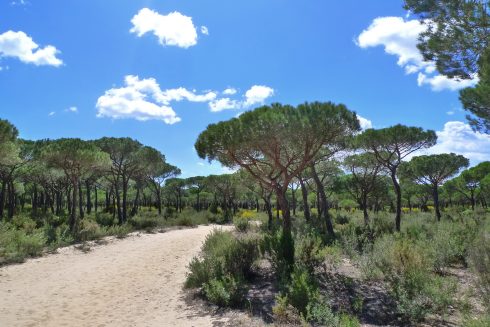
But if wildlife isn’t your thing, the town is still worth a visit, especially during its annual beach horse races, which is the oldest horse race in Spain.
They take place in late summer on Sanlucar de Barrameda beach in two cycles.
This year, the races are scheduled for August 14-17 and 28-30.
First held in 1845, the races are integrated into the national horse racing circuit, and are therefore popular events frequented by tourists and locals alike and covered by national and local press.
And Sanlucar has a more distant history as well. The town is the site of an ancient temple, constructed to honour the Phoenician goddess Astarte — a deity who represents love, sex, war, and hunting.
The ruins were discovered in 1980, in the dunes of a region in the town’s outskirts called La Algaida, now part of the Doñana National Park.
Figurines recovered from the site are housed in the Museo de Cadiz in Cadiz, but visitors to Sanlucar can still see the original ruins via a walk or biking route.
Utrera, Sevilla
Despite Utrera’s modest size, the Sevillan town is among the province’s most culturally and historically important.
It was held by the Muslims until relatively late during the Christian Reconquista, only falling to the Castilians in the 12th century.
It also once counted a significant Jewish community among its population, up until the expulsion of Spanish Jews by the Catholic Monarchs in 1492.
The town owes this history to its rich archaeological heritage. Recently, a Utrera bar was discovered to actually be the site of a mediaeval synagogue.
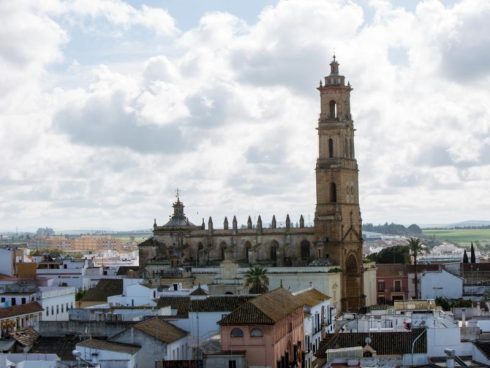
Utrera’s castle was likely constructed in the Middle Ages, and once served as a defensive fortress for the Kingdom of Sevilla.
Meanwhile, the historical importance of agriculture is evident in Utrera’s designation as “the cradle of the fighting bull,” or the Toro Bravo, as the enormous animals were first raised in Utrera and its surrounding countryside.
But perhaps most importantly, Utrera is among Spain’s premier destinations for Flamenco music and culture.
The city’s rich Flamenco tradition is due to its legacy of Flamenco artists who were either born in or spent time living there, a list which includes the legendary singers Miguel Vargas “Bambino” Jimenez, and Enrique Montoya.
Utrera hosts the world’s oldest Flamenco music festival, the Potaje Gitano.
Usually held in the early summer, the festival has taken place annually since 1957, and has historically served as the home stage for Utrera’s Flamenco greats and an outlet of expression for gitano (gypsy) culture.
This year’s festival is set for June 29th, and will feature some of Flamenco’s most famous acts, like singers Capullo de Jerez, Esperanza Fernandez, and Remedios Amaya, known for representing Spain at the 1983 Eurovision song competition.
Motril, Granada
Located south of the Sierra Nevada mountains on the Granada province’s Mediterranean coast, Motril lies within the Costa Tropical, a popular tourist zone known for its year-round sun and subtropical microclimate.
The town’s history can be traced back millenia and its origins are cloudy, but by the early Middle Ages, Motril had become an important defensive port on the southern edge of the Al-Andalusi empires of Muslim Spain.
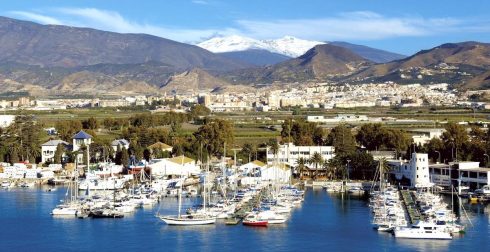
The Arabs brought sugarcane cultivation, which quickly became the town’s primary agricultural export and remains so to this day, evidenced in the town’s drink of choice: ron pálido, or pale rum.
Visitors interested in this history can find it on display in the Motril Pre-industrial Sugarcane Museum, where they can admire the ancient machinery and contemplate sugar cultivation as a way of life, before seeing it put to practice with a free tour of the local Ron Montero bodega.
Due to its subtropical climate, Motril’s stunning beaches can be enjoyed almost year-round, but guests looking for a unique experience should plan their visit around one of the town’s summer festivals.
June 24th is La Noche de San Juan, a night of beach bonfires to welcome the start of the summer.
Locals spend the night on the beach, and throw three wishes for the year into the flames.
In the morning, women wash their faces with seawater and cover them in rose petals.
And around July 16, locals celebrate a week of festivities dedicated to La Virgen del Carmen, the patron saint of fishermen and sailors.
READ MORE: Iconic Sanlucar horse races in Spain’s Cadiz kick off today
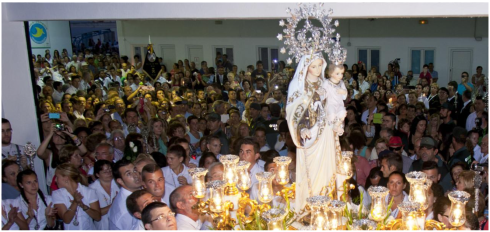
To thank her for keeping them safe at sea all year, seafaring men and women gather in the coastal Varadero neighbourhood and fill the streets with music and celebrations, culminating in a massive procession in the saint’s honour on the 16th, passing from the fisherman’s quarter along the coast of Motril.
READ MORE
- Why you should visit Motril on Spain’s Costa Tropical
- These are the 10 poorest towns in Spain – including four in Andalucia
- Iconic Sanlucar horse races in Spain’s Cadiz kick off today

